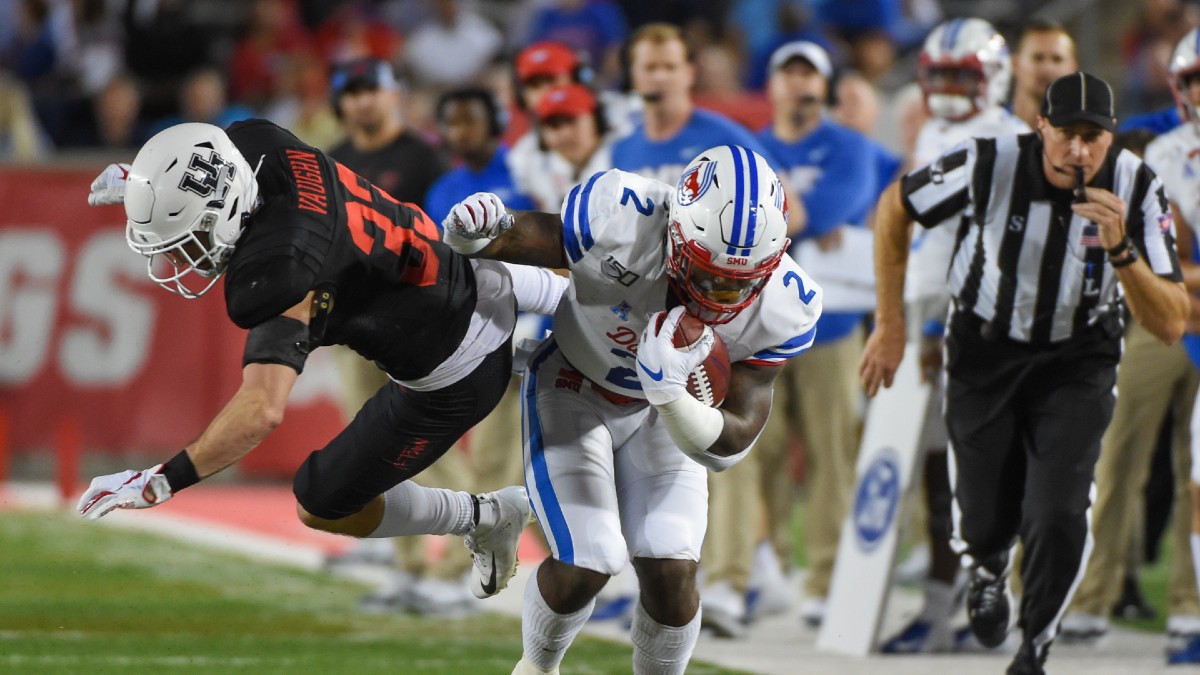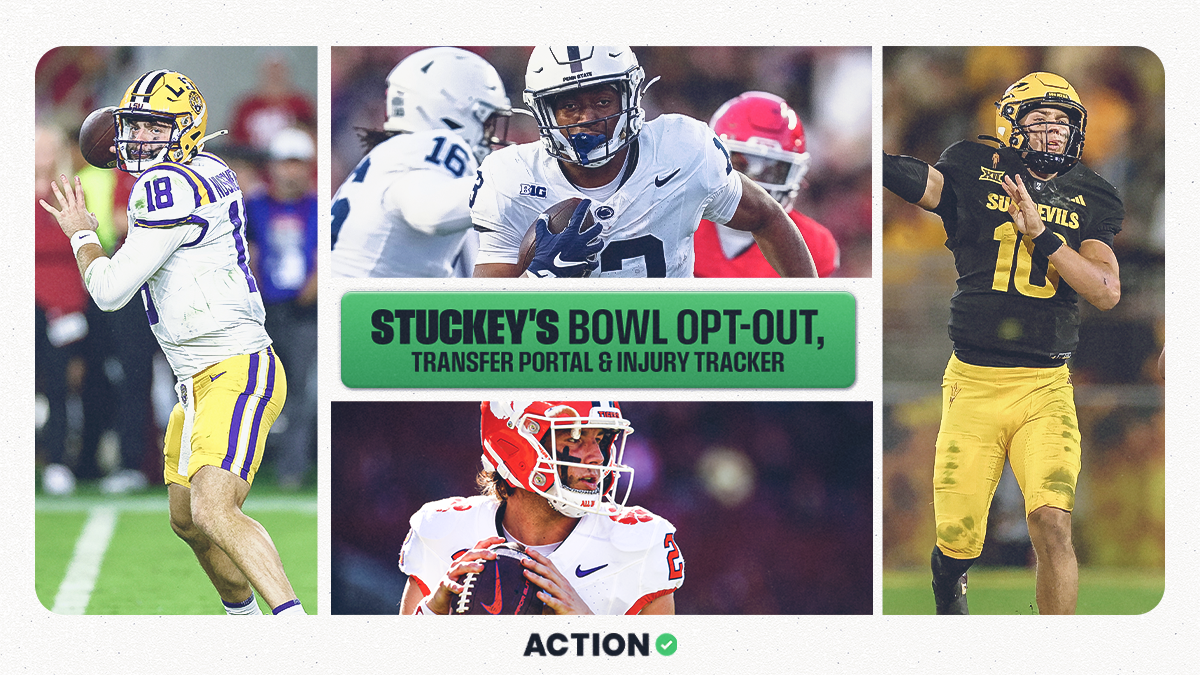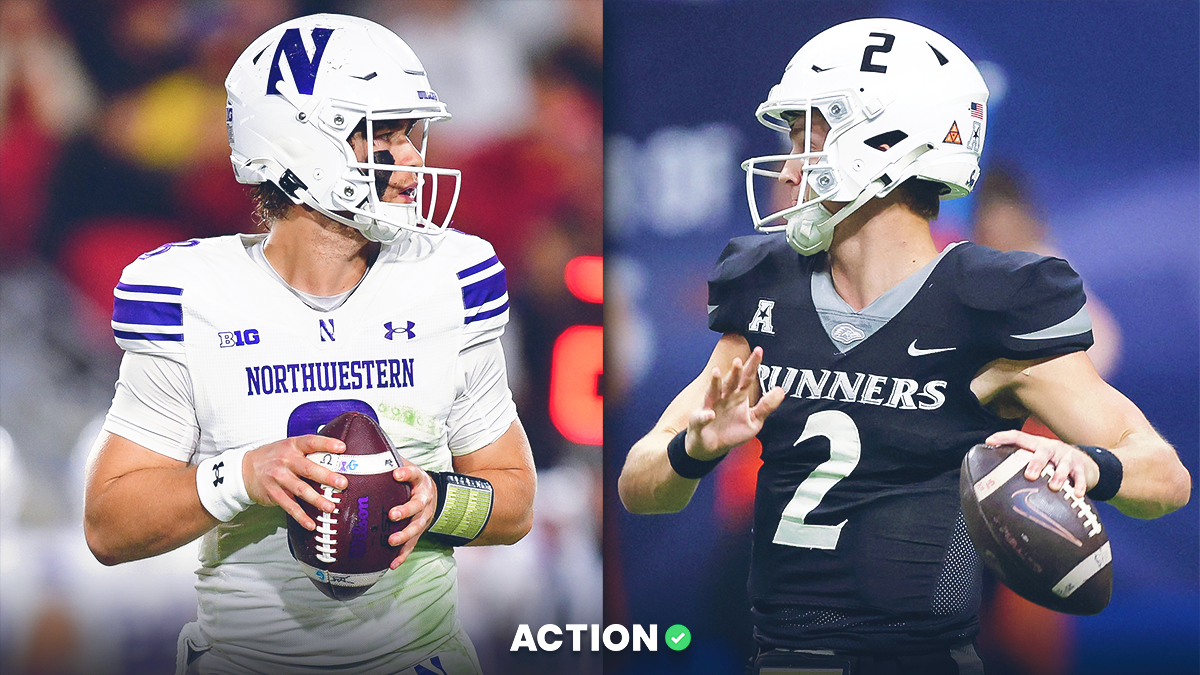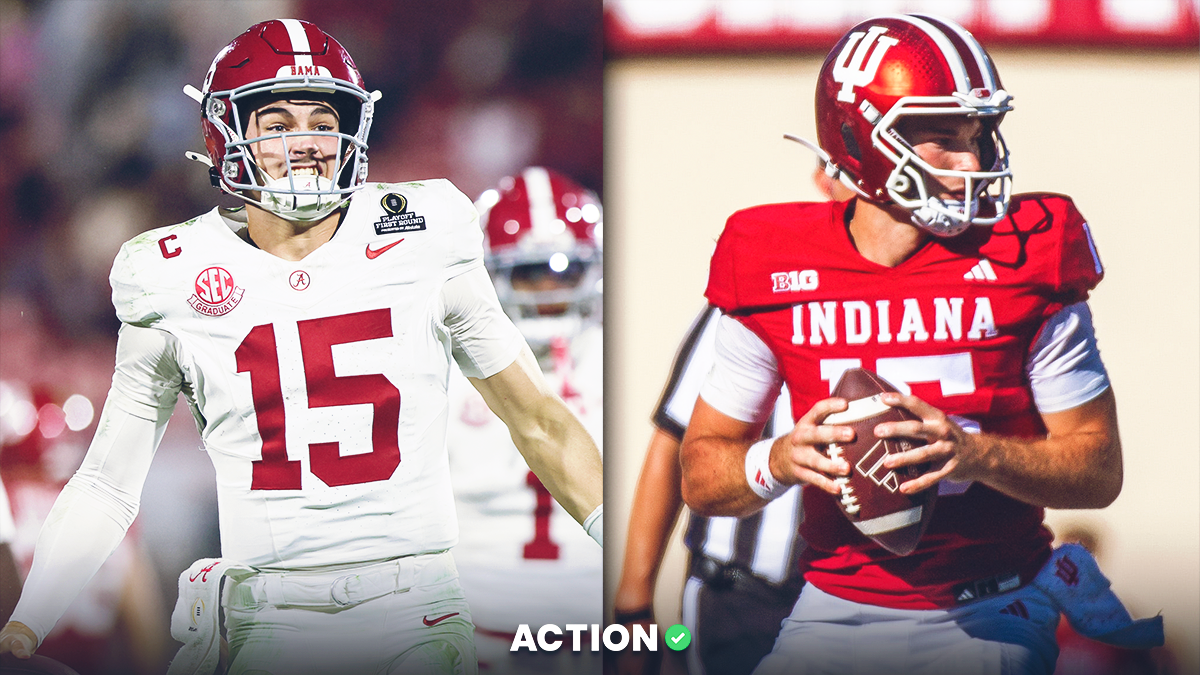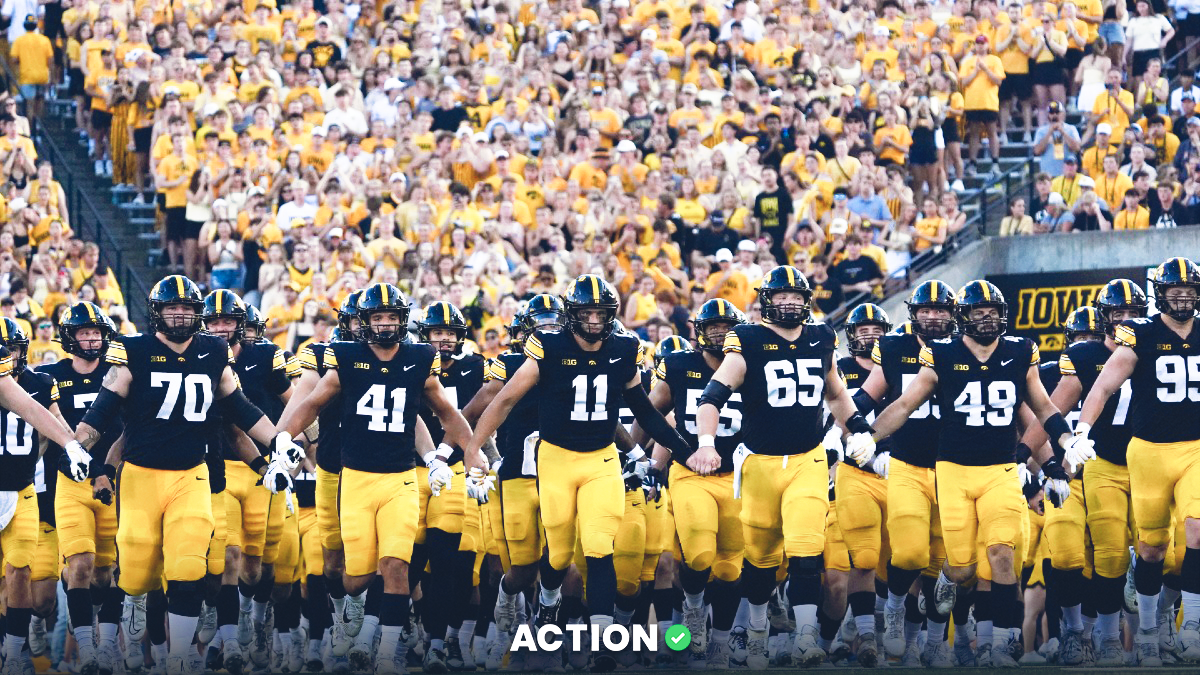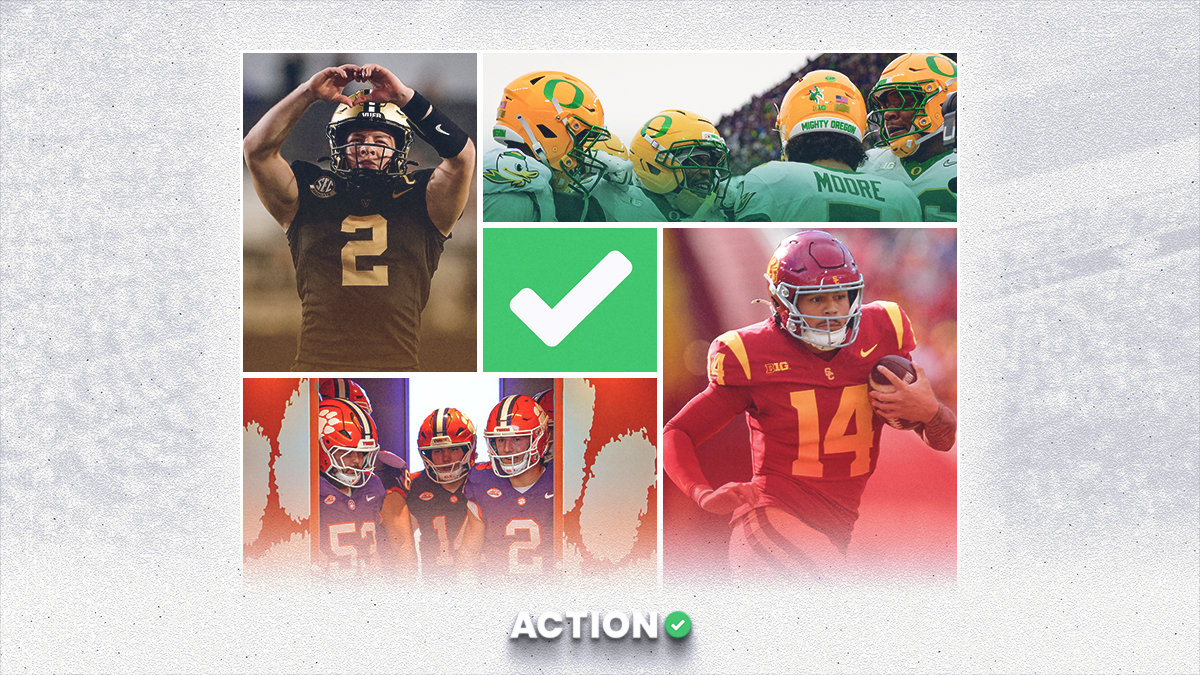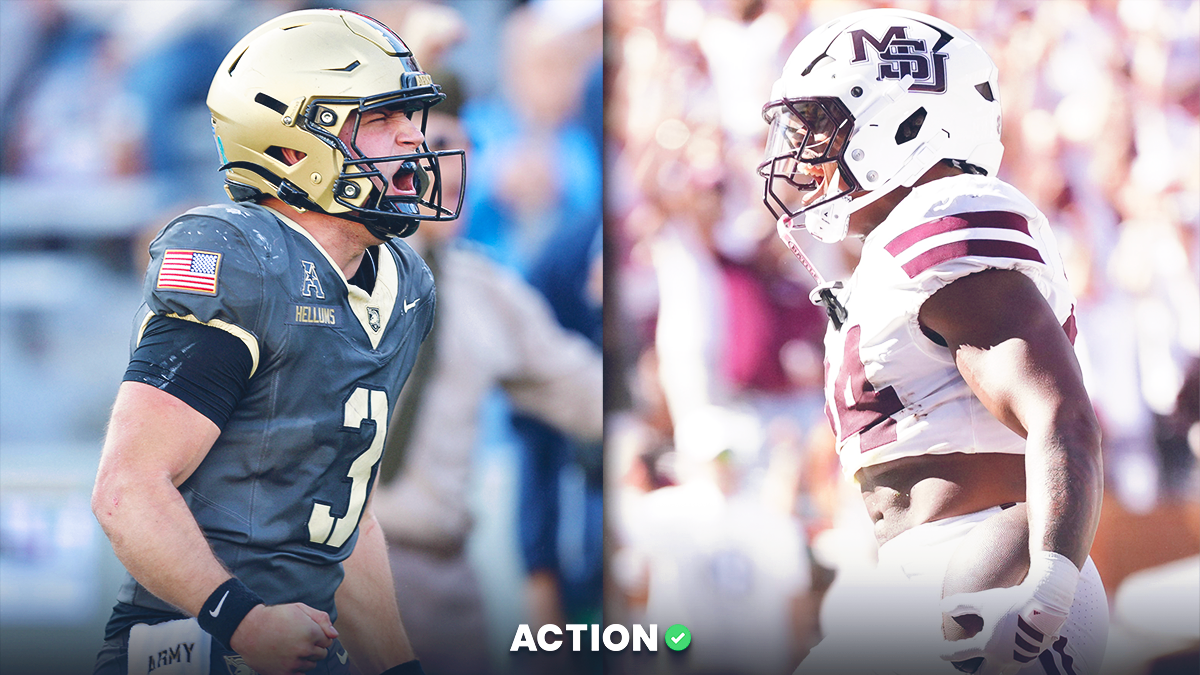Table of Contents
Explosiveness Definition
Explosiveness in football refers to how often a team generates big plays, or how often a defense limits them. Teams that win the big-play battle win the game 86% of the time.
There are tons of different ways to measure explosiveness. Penn State's coaching staff defines an explosive play by runs that go at least 12 yards and passes that go at least 15 yards. They try to generate at least 16 per game.
Other programs use 12 yards for running plays and 20 yards for passing plays. (Personally, I wouldn't distinguish between the two — you should be using whatever plays are best at generating chunk yardage).
Then there are more nuanced ways to measure explosiveness, like IsoPPP.
Defining PPP & IsoPPP
A 25-yard play from your own 10 is great. Even better? A 20-yard play from your opponent's 20 that results in a touchdown. But the second actually looks "worse" in the boxscore.
One big problem with just measuring by those plays in yards is that a touchdown — the best possible outcome of the play — actually caps the yardage.
So Bill Connelly a decade ago derived a metric called Equivalent Points per Play (PPP) that took the average points a team can expect to score from every yard line and assigned them a value. He then assigned a total point value to every play based on how many yards were gained — that allows us to measure just how effective a play was, because the down, distance and location are considered.
Here is the expected points on 1st-and-10 from every yard line until your opponent's 10, via collegefootballdata.com. As you can see, not every yard line is created equal.
Connelly then debuted IsoPPP, which looks at only the per-play value of a team's successful plays (as defined by success rate).
The goal of all this is to determine how consistently successful a team was, and when it was successful, how potent/dangerous was it? IsoPPP+ followed, which is the same measure, but adjusted for opponent.
Explosiveness Leaders
Connelly didn't publish a public record of IsoPPP+ leaders after his move to ESPN, so we only have data from 2018 and prior.
Here are the offensive leaders of the three seasons prior. Some of the names are a bit surprising — 2018 Maryland and 2017 Stanford — probably because they did most of their damage on the ground. We remember elite passing offenses as explosive.
Offensive IsoPPP+ Leaders, 2016-18
| Year | Team | Explosiveness Rating |
|---|---|---|
| 2016 | Penn State | 124.7 |
| 2018 | Oklahoma | 123.3 |
| 2017 | UCF | 123 |
| 2017 | Stanford | 122.5 |
| 2016 | South Florida | 120.8 |
| 2018 | Maryland | 120.8 |
| 2017 | Oklahoma | 120.7 |
| 2017 | Penn State | 120.2 |
| 2017 | Georgia | 119.6 |
| 2017 | Memphis | 119.4 |
Defensive IsoPPP+ Leaders, 2016-2018
The cast of characters shouldn't be surprising. Georgia, Clemson and Washington had elite defenses those seasons, so they were great at limiting big plays and making offenses inefficient.
South Carolina, on the other hand, plays an ultra bend-don't-break style under Will Muschamp, so while they struggled with everything underneath, they did limit big plays.
| Year | Team | Explosiveness Rating |
|---|---|---|
| 2018 | BYU | 125.7 |
| 2018 | Georgia | 122.3 |
| 2017 | Washington | 121.7 |
| 2018 | Washington | 120.3 |
| 2017 | Clemson | 120.3 |
| 2018 | Clemson | 119.9 |
| 2017 | Fresno State | 119.6 |
| 2018 | South Carolina | 119.5 |
| 2018 | California | 118.9 |
| 2018 | Temple | 118.8 |
Can I Handicap Games Using Explosiveness?
Like most things in sports betting, the answer is yes and no.
IsoPPP isn't a hidden, niche statistic anymore. It's factored into most semi-sophisticated betting models, and therefore into the betting market.
If you want to learn about creating your own power ratings, check out Collin Wilson's 3-part tutorial from earlier this year. He weights explosiveness pretty heavily because it's such a difference maker in college football.
CollegeFootballData.com houses explosiveness statistics under "Advanced Team Metrics by Season." You should get a feel for what teams are the most explosive as the season goes along and we get data on all of them.
Again, if you can predict who will have more big plays, you can usually predict who wins the game.
The problem is, it's subject to high variance in a single game. Big plays are largely out of a team's control, other than the fact that you need to be on the field to make them happen. Therefore, efficient offenses are oftentimes also explosive.
So while it's important to understand explosiveness, it's just a piece of the puzzle.


